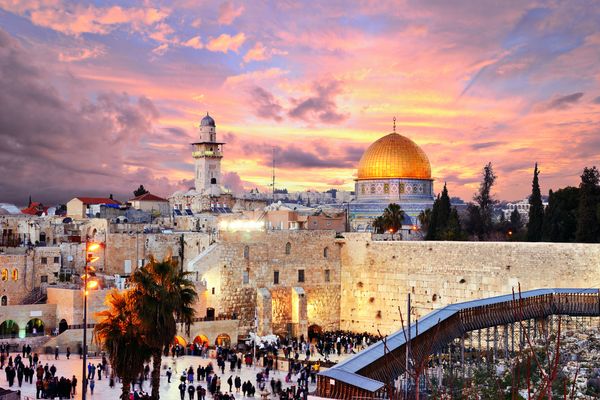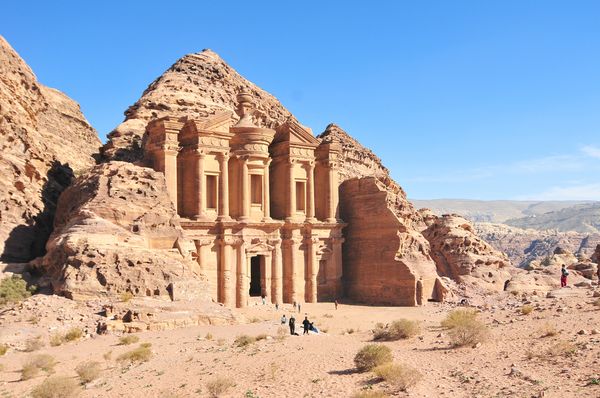
The Middle East is a region that has captivated the world for centuries, due to its rich history, cultural diversity, and pivotal role in global affairs. Located at the crossroads of Europe, Africa, and Asia, it serves as both a geographic and cultural bridge between the West and the East. This Middle East map offers a fascinating window into its complexity, showcasing a land of diverse peoples, ancient civilizations, and critical political significance.
Advertisement


